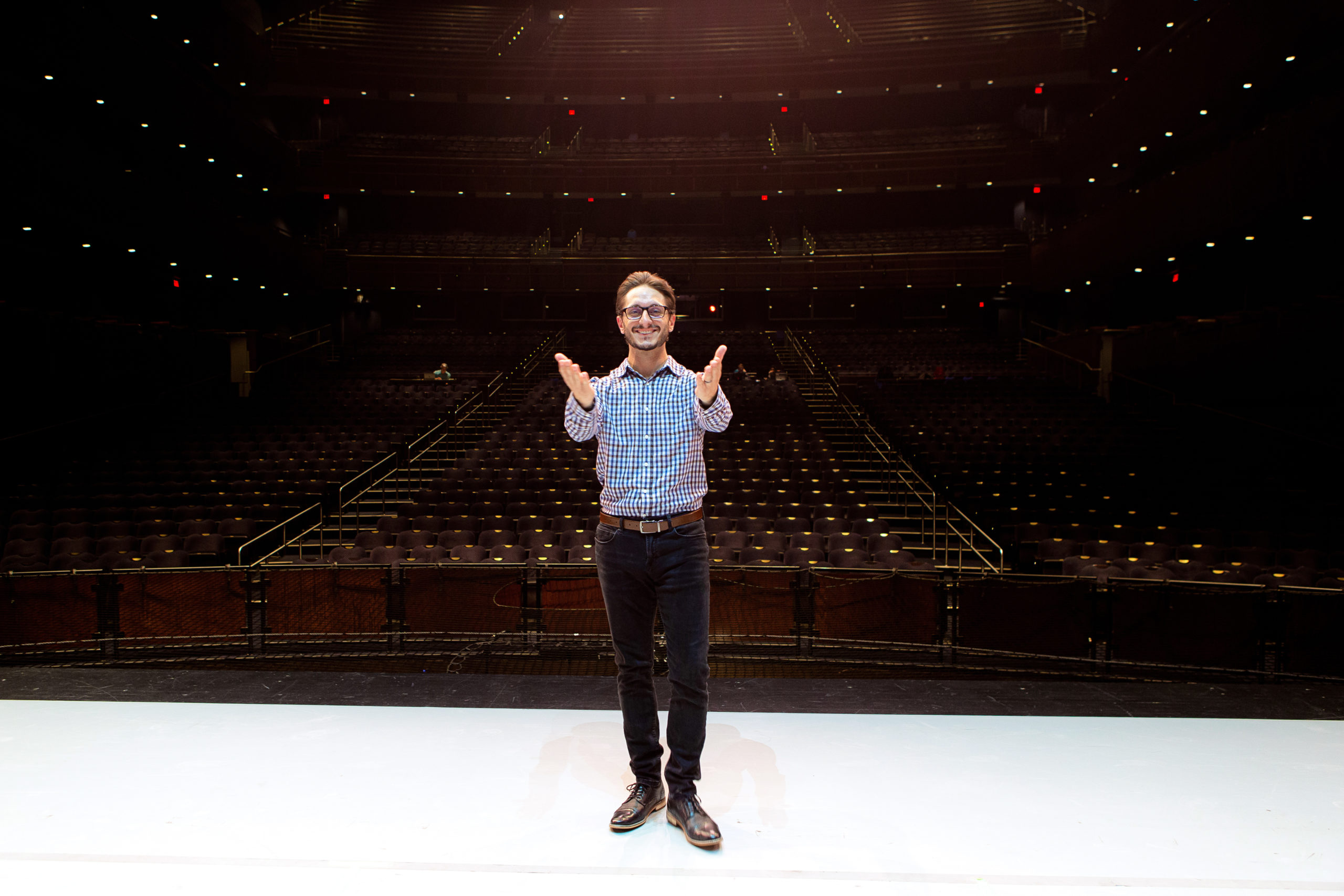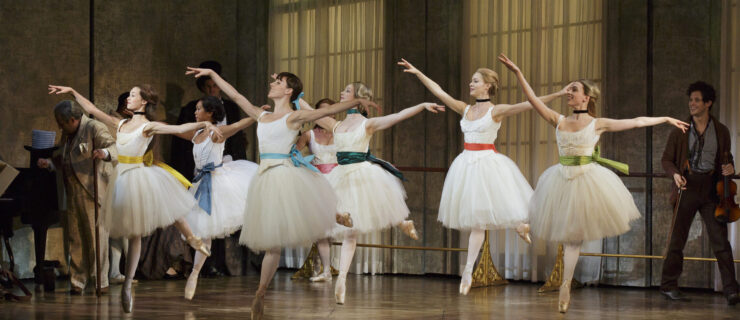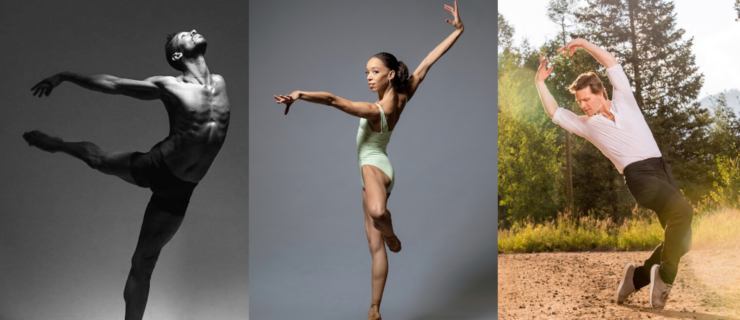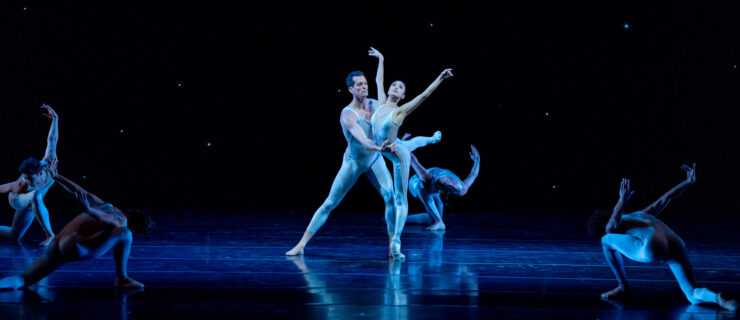Oklahoma City Ballet’s New Artistic Director, Ryan Jolicoeur-Nye, Discusses Reaching New Audiences and Taking Risks
Companies across the world have undergone a slew of leadership changes recently, and Oklahoma City Ballet is no exception. Following an international search, the company announced in October that Ryan Jolicoeur-Nye would be OKCB’s new artistic director. Jolicoeur-Nye had been serving as acting artistic director since January 2022 after longtime artistic director Robert Mills resigned. As acting artistic director, Jolicoeur-Nye (with help from his wife, Racheal Nye) created a new Sleeping Beauty for OKCB in May and staged a free program, Ballet Under the Stars, last September, which drew nearly 5,000 attendees to Oklahoma City’s downtown Scissortail Park.
A native of central Maine, Jolicoeur-Nye graduated from the Royal Winnipeg Ballet School and went on to dance professionally for Eugene Ballet, Ballet Idaho and Kansas City Ballet, and performed in many guest roles throughout North America before retiring in 2016. In 2018, he was named artistic director of Northwest Arkansas Ballet Theatre before joining OKCB in August 2020 as a rehearsal director. Jolicoeur-Nye was named “Outstanding Choreographer” at the 2017 Youth America Grand Prix and most recently created a new version of The Nutcracker for OKCB, premiering this month. Racheal Nye leads the OKCB Yvonne Chouteau School, which added esteemed international teacher Olivier Muñoz as its men’s programs and rehearsal director in August.
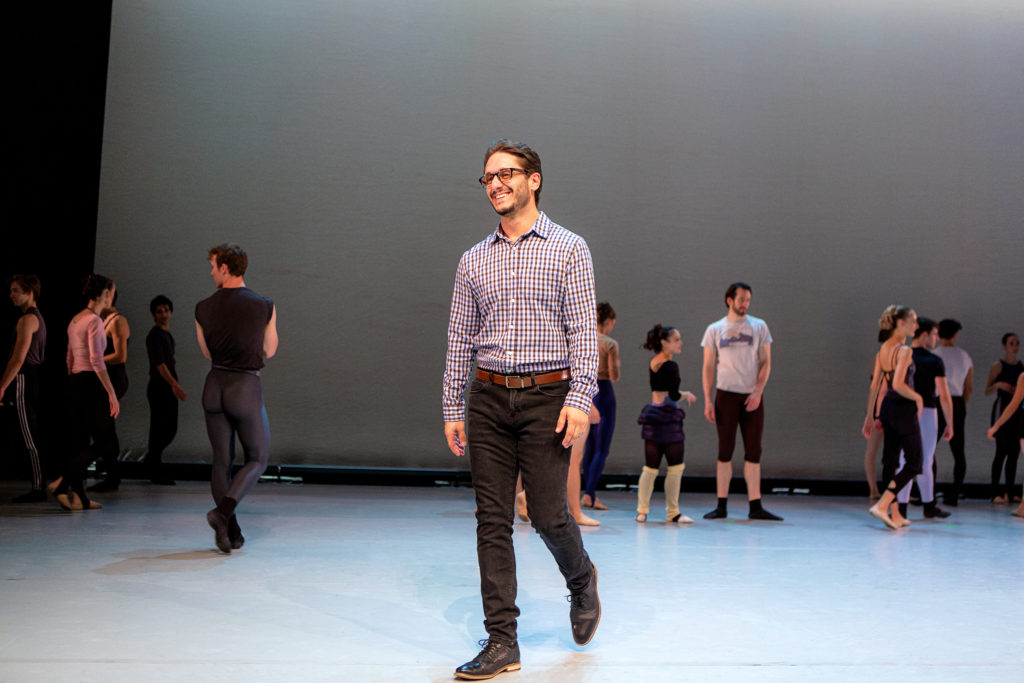
Pointe spoke with Jolicoeur-Nye about his goals for Oklahoma City’s preeminent dance company and carrying its legacy into the future.
How do you find the local audience’s appetite and interest for ballet to be right now?
I think the community here is very supportive and knowledgeable but diverse in the kinds of dance they are interested in seeing—whether it’s full-length story ballets, Balanchine works or contemporary dance. We also have people who know they like dance but may not have purchased a ticket to a show yet. This company has to reach all those different people. With something like Ballet Under the Stars, we can present music, or some other element of production, that audiences who are less familiar with dance can really attach to. For example, the piece I choreographed to close the evening, Playlist, featured music by artists like Chopin and Debussy to Queen and Whitney Houston. The piece was specifically made for that outdoor program, knowing that the audience was going to be diverse in their interests and knowledge of dance.
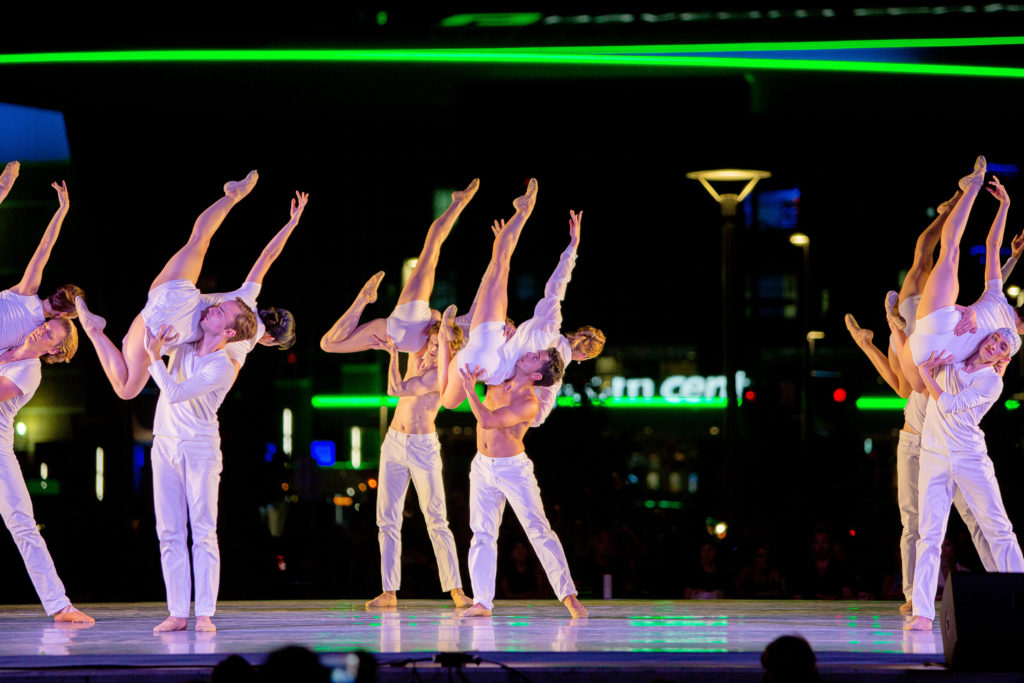
You’ve also introduced new community-engagement programs, like Beer & Ballet. Can you tell us about that?
Essentially, the goal was to bring in a new audience and we 100 percent nailed that goal. We made the dancing and beer free to the public, but donations were accepted. We sold out within the first 10 minutes of opening the doors. The amazing thing was we didn’t really see familiar faces; it was new traffic. The program had about 11 different pieces, and they were all of varying styles. It wasn’t financially ground-breaking, but I think the benefit came from reaching new audiences, so we will keep it going.
When theaters shut down because of COVID, we saw dance companies, especially the larger ones, suffer. I’ve spent a lot of time thinking about the various stages where companies can perform to meet audiences where they are, whether it’s our [Susan E.] Brackett [Dance] Center studio, Scissortail Park, public schools or libraries. So really thinking of how to get the dancers and our mission out into the public, not just reserving it for ticket holders that can get into the theater.
In terms of repertoire, OKCB has brought in some great choreographers and répétiteurs recently, like Jessica Lang, Nicolo Fonte and Jenifer Ringer, who staged Jerome Robbins’ 2 & 3 Part Inventions. What is your vision for programming in the future?
The current season was programmed by Robert Mills, so the 2023–24 season will be the first Season I program. I love innovative, full-length works that aren’t from the classical repertoire. An example would be Michael Pink’s Dracula. Pink also has a beautiful La Bohème that I would love to bring in one day.
Without giving too much away, next season we will have a European choreographer with a very exciting and popular ballet. I think the dancers will be beside themselves when they find out we’re doing it and that the audience will really embrace it. I want all of the mixed-rep [programs] to be well-rounded so there’s something for everyone, and I also would love to have the company members choreograph new work.
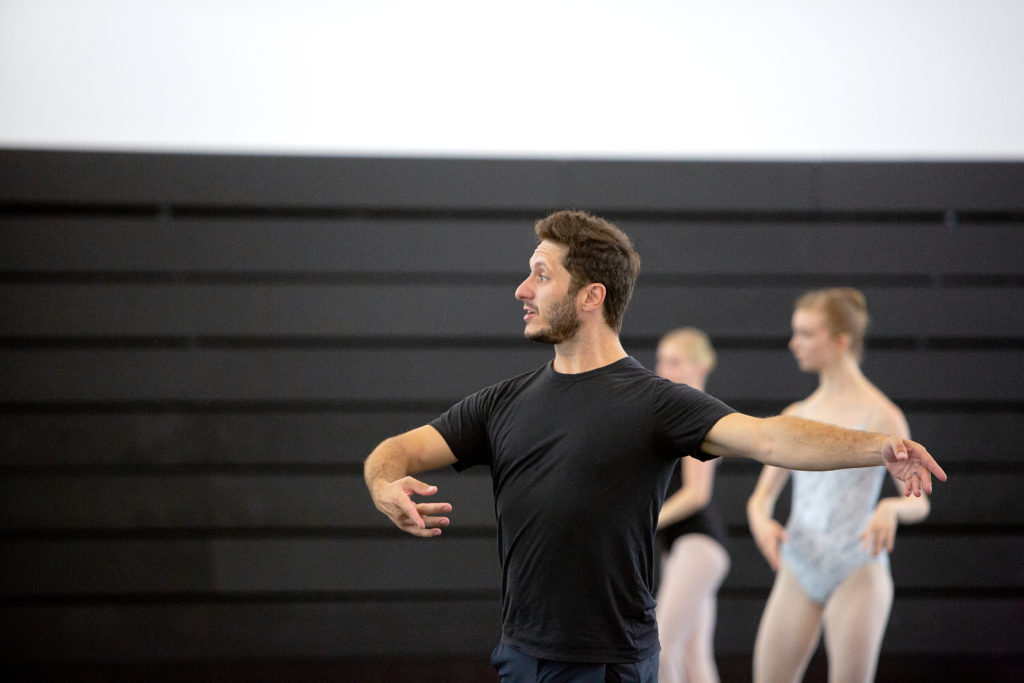
OKCB has a rich history with the Five Moons ballerinas, five Native American dancers from Oklahoma who went on to establish prominent ballet careers. The company first opened as the Oklahoma City Civic Ballet, under the artistic direction of Yvonne Chouteau, one of the Five Moons, and her husband, Miguel Terekhov. How do you hope to continue their legacy?
OKCB has participated in the Five Moons Dance Festival, hosted by the University of Oklahoma School of Dance, for the past two years. We definitely want to continue that. I also have a distant idea of one day presenting a full-length ballet around a Native American story, commissioning a score written by a Native American composer and working with an Indigenous choreographer to tell the story of the tribes of Oklahoma.
The company has recently implemented intimacy training. Can you talk about why that was a priority?
Our dancers went through intimacy-training sessions via Zoom with Sarah Lozoff in preparation for Lady of the Camellias last October. The ballet has violence, as well as several kissing scenes. We did intimacy training so that any questions and concerns the dancers had could be worked out before they got onstage, and to ensure that everyone knew what the boundaries were and had buy-in to the work. This allowed the dancers to express how they were feeling [about the work], emotionally check in to the rehearsal, set their boundaries, and have a “check-out” period so they could leave whatever they were doing in the studio. Sarah is also going to work with us to make a policy around this to further educate our school faculty and rehearsal directors on things like how to give corrections and how to talk about the body.
Any other thoughts on your goals as artistic director?
I would like to be someone who pushes boundaries and breaks down barriers. I think we have a problem in this country with nonprofits being afraid to take risks if we aren’t sure that the work is going to sell. I think that inhibits creativity. I’d like to figure out how to take those risks and, hopefully, create some amazing things for the dancers, our community and the art form.
